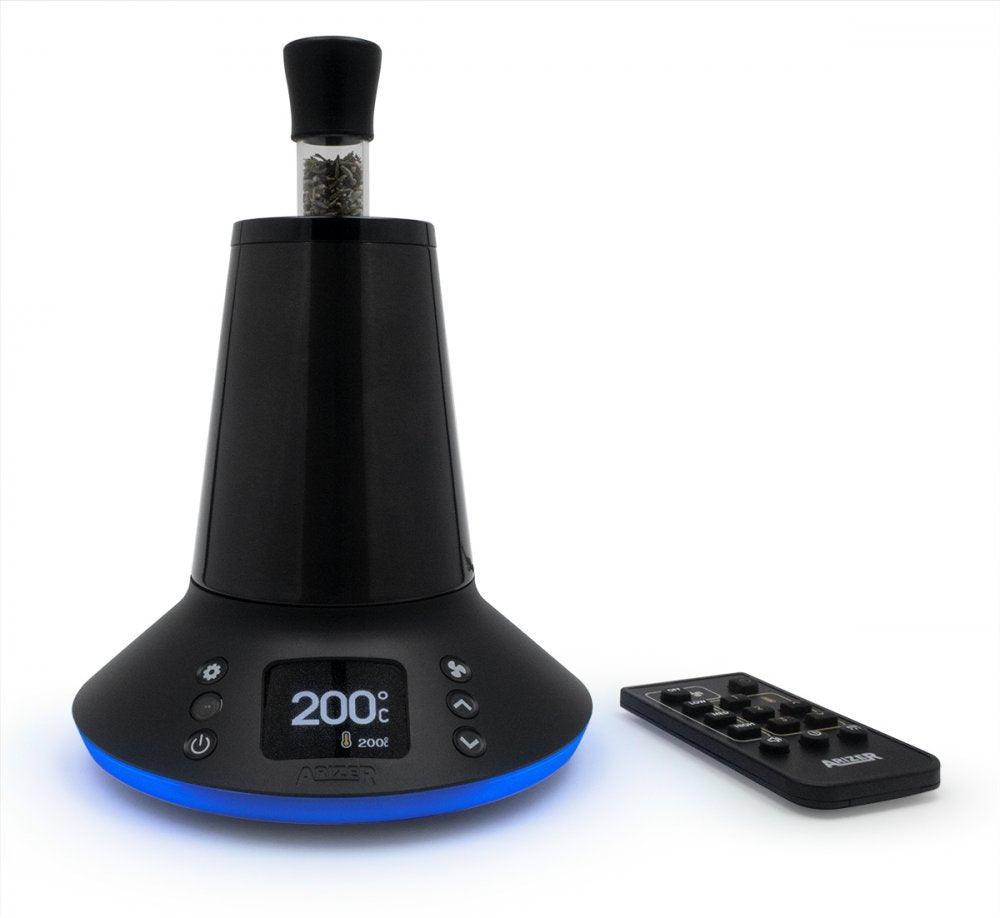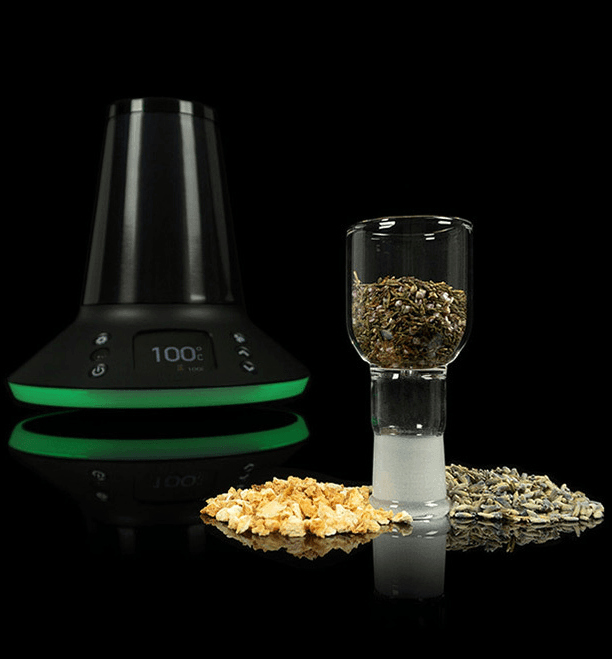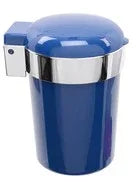Introduction
Chronic pain is a widespread condition that affects millions of people around the world. While prescription painkillers can be effective in managing pain, they often come with unwanted side effects and the risk of addiction. CBD, or cannabidiol, is a natural alternative that has been gaining popularity in recent years for its potential benefits in managing chronic pain. In this post, we will explore how CBD can help with chronic pain, how to use it, and what precautions to take.
Understanding Chronic Pain
Chronic pain is defined as pain that lasts for more than 12 weeks and is often caused by an underlying condition such as arthritis, fibromyalgia, or nerve damage. Chronic pain can be challenging to manage and can significantly impact a person's quality of life.
How CBD Helps with Chronic Pain
CBD works by interacting with the body's endocannabinoid system, which is responsible for regulating pain, mood, and other bodily functions. CBD has been shown to reduce inflammation, which can be a major contributor to chronic pain. Additionally, CBD may help alleviate pain by interacting with serotonin and dopamine receptors in the brain.
How to Use CBD for Chronic Pain
CBD is available in various forms, including oils, tinctures, capsules, and topicals. The best way to use CBD for chronic pain depends on the individual and the type of pain they are experiencing. For example, CBD oil or tinctures can be taken orally or added to food or drinks, while topicals can be applied directly to the affected area.
CBD Dosage for Chronic Pain
Determining the right CBD dosage for chronic pain can be challenging, as it varies depending on factors such as the individual's weight, the severity of their pain, and the method of administration. It's essential to start with a low dosage and gradually increase until the desired effect is achieved. Consulting with a healthcare professional is recommended before starting a CBD regimen.
CBD vs. Prescription Painkillers
CBD offers a natural alternative to prescription painkillers that can come with unwanted side effects such as addiction, drowsiness, and nausea. While more research is needed to fully understand the benefits of CBD, early studies suggest that it may be just as effective as prescription painkillers in managing chronic pain.
CBD for Arthritis Pain Arthritis
is a common condition that causes inflammation in the joints, resulting in pain and stiffness. CBD has been shown to have anti-inflammatory properties, making it a potentially useful treatment for arthritis pain. Additionally, CBD may help with the associated symptoms of anxiety and depression that can occur with arthritis.
Precautions and Side Effects of Using CBD for Chronic Pain
While CBD is generally considered safe, there are some precautions to take when using it for chronic pain. It's essential to consult with a healthcare professional before starting a CBD regimen, especially if taking other medications. Some potential side effects of CBD include drowsiness, dry mouth, and changes in appetite. Additionally, it's crucial to ensure that the CBD product being used is of high quality and free from contaminants.
Conclusion
CBD offers a natural and potentially effective option for managing chronic pain. Understanding the benefits, dosages, and precautions of using CBD can help individuals make informed decisions about their pain management. It's important to consult with a healthcare professional before starting a CBD regimen and to ensure that the product being used is of high quality. With careful consideration and monitoring, CBD can be a valuable tool in managing chronic pain.
















